# 🍃 Bevy Tweening
[](https://opensource.org/licenses/MIT)
[](https://docs.rs/bevy_tweening)
[](https://crates.io/crates/bevy_tweening)
[](https://github.com/djeedai/bevy_tweening/actions/workflows/ci.yaml)
[](https://coveralls.io/github/djeedai/bevy_tweening?branch=main)
[](https://github.com/bevyengine/bevy/blob/main/docs/plugins_guidelines.md#main-branch-tracking)
Tweening animation plugin for the Bevy game engine.
## Features
- [x] Animate any field of any component or asset, including custom ones.
- [x] Run multiple tweens (animations) per component/asset in parallel.
- [x] Chain multiple tweens (animations) one after the other for complex animations.
- [x] Raise a Bevy event or invoke a callback when an tween completed.
## Usage
### Dependency
Add to `Cargo.toml`:
```toml
[dependencies]
bevy_tweening = "0.6"
```
This crate supports the following features:
| Feature | Default | Description |
|---|---|---|
| `bevy_asset` | Yes | Enable animating Bevy assets (`Asset`) in addition of components. |
| `bevy_sprite` | Yes | Includes built-in lenses for some `Sprite`-related components. |
| `bevy_ui` | Yes | Includes built-in lenses for some UI-related components. |
| `bevy_text` | Yes | Includes built-in lenses for some `Text`-related components. |
### System setup
Add the `TweeningPlugin` to your app:
```rust
App::default()
.add_plugins(DefaultPlugins)
.add_plugin(TweeningPlugin)
.run();
```
### Animate a component
Animate the transform position of an entity by creating a `Tween` animation for the transform, and adding an `Animator` component with that tween:
```rust
// Create a single animation (tween) to move an entity.
let tween = Tween::new(
// Use a quadratic easing on both endpoints.
EaseFunction::QuadraticInOut,
// Animation time (one way only; for ping-pong it takes 2 seconds
// to come back to start).
Duration::from_secs(1),
// The lens gives the Animator access to the Transform component,
// to animate it. It also contains the start and end values associated
// with the animation ratios 0. and 1.
TransformPositionLens {
start: Vec3::ZERO,
end: Vec3::new(1., 2., -4.),
},
)
// Repeat twice (one per way)
.with_repeat_count(RepeatCount::Finite(2))
// After each iteration, reverse direction (ping-pong)
.with_repeat_strategy(RepeatStrategy::MirroredRepeat);
commands.spawn((
// Spawn a Sprite entity to animate the position of.
SpriteBundle {
sprite: Sprite {
color: Color::RED,
custom_size: Some(Vec2::new(size, size)),
..default()
},
..default()
},
// Add an Animator component to control and execute the animation.
Animator::new(tween),
));
```
### Chaining animations
Bevy Tweening supports several types of _tweenables_, building blocks that can be combined to form complex animations. A tweenable is a type implementing the `Tweenable<T>` trait.
- **`Tween`** - A simple tween (easing) animation between two values.
- **`Sequence`** - A series of tweenables executing in series, one after the other.
- **`Tracks`** - A collection of tweenables executing in parallel.
- **`Delay`** - A time delay.
Most tweenables can be chained with the `then()` operator:
```rust
// Produce a sequence executing 'tween1' then 'tween2'
let tween1 = Tween { [...] }
let tween2 = Tween { [...] }
let seq = tween1.then(tween2);
```
## Predefined Lenses
A small number of predefined lenses are available for the most common use cases, which also serve as examples. **Users are encouraged to write their own lens to tailor the animation to their use case.**
The naming scheme for predefined lenses is `"<TargetName><FieldName>Lens"`, where `<TargetName>` is the name of the target Bevy component or asset type which is queried by the internal animation system to be modified, and `<FieldName>` is the field which is mutated in place by the lens. All predefined lenses modify a single field. Custom lenses can be written which modify multiple fields at once.
### Bevy Components
| Target Component | Animated Field | Lens | Feature |
|---|---|---|---|
| [`Transform`](https://docs.rs/bevy/0.9.0/bevy/transform/components/struct.Transform.html) | [`translation`](https://docs.rs/bevy/0.9.0/bevy/transform/components/struct.Transform.html#structfield.translation) | [`TransformPositionLens`](https://docs.rs/bevy_tweening/latest/bevy_tweening/struct.TransformPositionLens.html) | |
| | [`rotation`](https://docs.rs/bevy/0.9.0/bevy/transform/components/struct.Transform.html#structfield.rotation) (`Quat`)¹ | [`TransformRotationLens`](https://docs.rs/bevy_tweening/latest/bevy_tweening/struct.TransformRotationLens.html) | |
| | [`rotation`](https://docs.rs/bevy/0.9.0/bevy/transform/components/struct.Transform.html#structfield.rotation) (angle)² | [`TransformRotateXLens`](https://docs.rs/bevy_tweening/latest/bevy_tweening/struct.TransformRotateXLens.html) | |
| | [`rotation`](https://docs.rs/bevy/0.9.0/bevy/transform/components/struct.Transform.html#structfield.rotation) (angle)² | [`TransformRotateYLens`](https://docs.rs/bevy_tweening/latest/bevy_tweening/struct.TransformRotateYLens.html) | |
| | [`rotation`](https://docs.rs/bevy/0.9.0/bevy/transform/components/struct.Transform.html#structfield.rotation) (angle)² | [`TransformRotateZLens`](https://docs.rs/bevy_tweening/latest/bevy_tweening/struct.TransformRotateZLens.html) | |
| | [`rotation`](https://docs.rs/bevy/0.9.0/bevy/transform/components/struct.Transform.html#structfield.rotation) (angle)² | [`TransformRotateAxisLens`](https://docs.rs/bevy_tweening/latest/bevy_tweening/struct.TransformRotateAxisLens.html) | |
| | [`scale`](https://docs.rs/bevy/0.9.0/bevy/transform/components/struct.Transform.html#structfield.scale) | [`TransformScaleLens`](https://docs.rs/bevy_tweening/latest/bevy_tweening/struct.TransformScaleLens.html) | |
| [`Sprite`](https://docs.rs/bevy/0.9.0/bevy/sprite/struct.Sprite.html) | [`color`](https://docs.rs/bevy/0.9.0/bevy/sprite/struct.Sprite.html#structfield.color) | [`SpriteColorLens`](https://docs.rs/bevy_tweening/latest/bevy_tweening/struct.SpriteColorLens.html) | `bevy_sprite` |
| [`Style`](https://docs.rs/bevy/0.9.0/bevy/ui/struct.Style.html) | [`position`](https://docs.rs/bevy/0.9.0/bevy/ui/struct.Style.html#structfield.position) | [`UiPositionLens`](https://docs.rs/bevy_tweening/latest/bevy_tweening/struct.UiPositionLens.html) | `bevy_ui` |
| [`Text`](https://docs.rs/bevy/0.9.0/bevy/text/struct.Text.html) | [`TextStyle::color`](https://docs.rs/bevy/0.9.0/bevy/text/struct.TextStyle.html#structfield.color) | [`TextColorLens`](https://docs.rs/bevy_tweening/latest/bevy_tweening/struct.TextColorLens.html) | `bevy_text` |
¹ Shortest-path interpolation between two rotations, using `Quat::slerp()`.
² Angle-based interpolation, valid for rotations over ½ turn.
See the [comparison of rotation lenses](https://docs.rs/bevy_tweening/0.4.0/bevy_tweening/lens/index.html#rotations) for details.
### Bevy Assets
Asset animation always requires the `bevy_asset` feature.
| Target Asset | Animated Field | Lens | Feature |
|---|---|---|---|
| [`ColorMaterial`](https://docs.rs/bevy/0.9.0/bevy/sprite/struct.ColorMaterial.html) | [`color`](https://docs.rs/bevy/0.9.0/bevy/sprite/struct.ColorMaterial.html#structfield.color) | [`ColorMaterialColorLens`](https://docs.rs/bevy_tweening/latest/bevy_tweening/struct.ColorMaterialColorLens.html) | `bevy_asset` + `bevy_sprite` |
## Custom lens
A custom lens allows animating any field or group of fields of a Bevy component or asset. A custom lens is a type implementing the `Lens` trait, which is generic over the type of component or asset.
```rust
struct MyXAxisLens {
start: f32,
end: f32,
}
impl Lens<Tranform> for MyXAxisLens {
fn lerp(&self, target: &mut Tranform, ratio: f32) -> f32 {
let start = Vec3::new(self.start, 0., 0.);
let end = Vec3::new(self.end, 0., 0.);
target.translation = start + (end - start) * ratio;
}
}
```
Note that the lens always **linearly** interpolates the field(s) of the component or asset. The type of easing applied modifies the rate at which the `ratio` parameter evolves, and is applied before the `lerp()` function is invoked.
The basic formula for lerp (linear interpolation) is either of:
- `start + (end - start) * scalar`
- `start * (1.0 - scalar) + end * scalar`
The two formulations are mathematically equivalent, but one may be more suited than the other depending on the type interpolated and the operations available, and the potential floating-point precision errors.
## Custom component support
Custom components are animated like built-in Bevy ones, via a lens.
```rust
#[derive(Component)]
struct MyCustomComponent(f32);
struct MyCustomLens {
start: f32,
end: f32,
}
impl Lens<MyCustomComponent> for MyCustomLens {
fn lerp(&self, target: &mut MyCustomComponent, ratio: f32) -> f32 {
target.0 = self.start + (self.end - self.start) * ratio;
}
}
```
Then, in addition, the system `component_animator_system::<CustomComponent>` needs to be added to the application. This system will extract each frame all `CustomComponent` instances with an `Animator<CustomComponent>` on the same entity, and animate the component via its animator.
## Custom asset support
The process is similar to custom components, creating a custom lens for the custom asset. The system to add is `asset_animator_system::<CustomAsset>`. This requires the `bevy_asset` feature (enabled by default).
## Examples
See the [`examples/`](https://github.com/djeedai/bevy_tweening/tree/fcc8910568a00b892e66586a7359ea3552c840a2/examples) folder.
### [`menu`](examples/menu.rs)
```rust
cargo run --example menu --features="bevy/bevy_winit"
```
### [`sprite_color`](examples/sprite_color.rs)
```rust
cargo run --example sprite_color --features="bevy/bevy_winit"
```
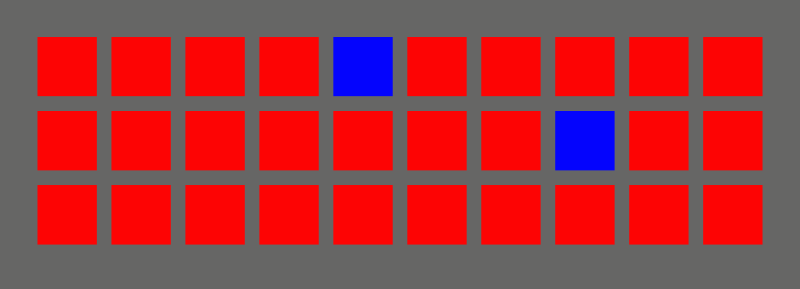
### [`transform_rotation`](examples/transform_rotation.rs)
```rust
cargo run --example transform_rotation --features="bevy/bevy_winit"
```

### [`transform_translation`](examples/transform_translation.rs)
```rust
cargo run --example transform_translation --features="bevy/bevy_winit"
```
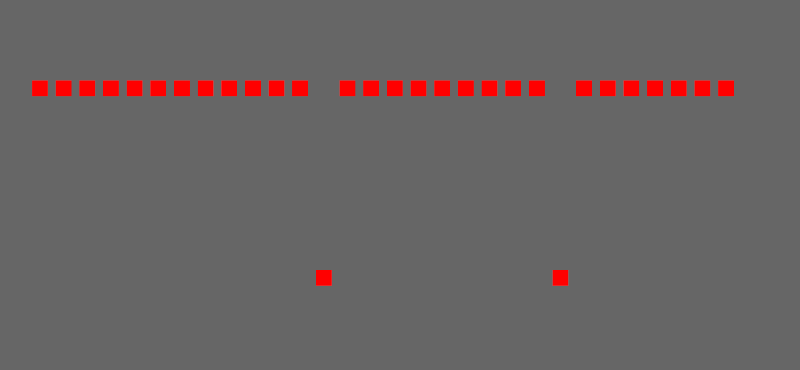
### [`colormaterial_color`](examples/colormaterial_color.rs)
```rust
cargo run --example colormaterial_color --features="bevy/bevy_winit"
```
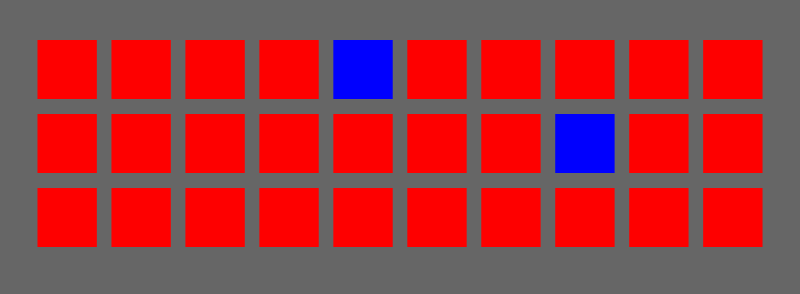
### [`ui_position`](examples/ui_position.rs)
```rust
cargo run --example ui_position --features="bevy/bevy_winit"
```
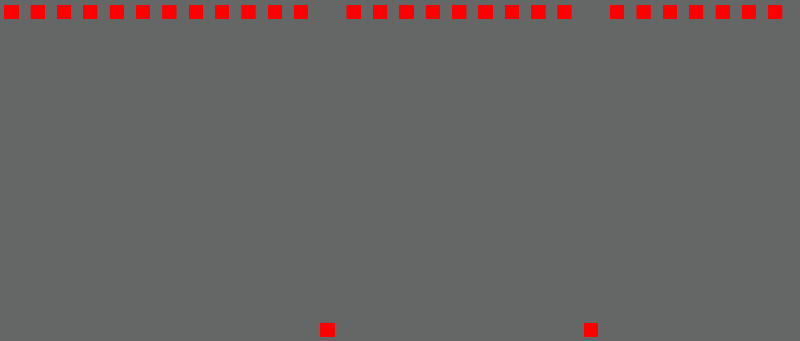
### [`sequence`](examples/sequence.rs)
```rust
cargo run --example sequence --features="bevy/bevy_winit"
```
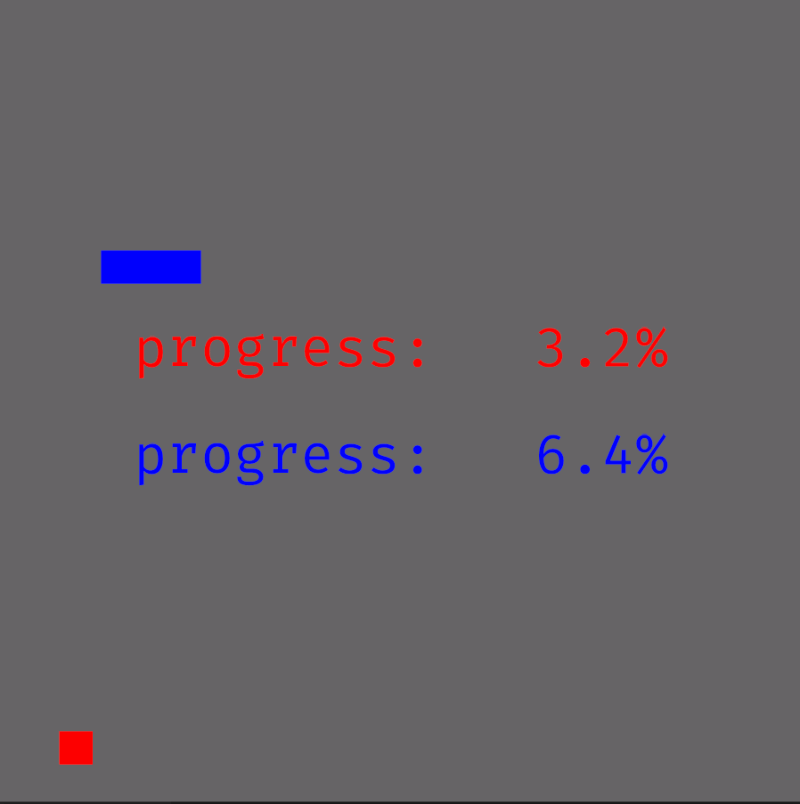
## Ease Functions
Many [ease functions](https://docs.rs/interpolation/0.2.0/interpolation/enum.EaseFunction.html) are available:
- QuadraticIn
- QuadraticOut
- QuadraticInOut
- CubicIn
- CubicOut
- CubicInOut
- QuarticIn
- QuarticOut
- QuarticInOut
- QuinticIn
- QuinticOut
- QuinticInOut
- SineIn
- SineOut
- SineInOut
- CircularIn
- CircularOut
- CircularInOut
- ExponentialIn
- ExponentialOut
- ExponentialInOut
- ElasticIn
- ElasticOut
- ElasticInOut
- BackIn
- BackOut
- BackInOut
- BounceIn
- BounceOut
- BounceInOut
## Compatible Bevy versions
The `main` branch is compatible with the latest Bevy release.
Compatibility of `bevy_tweening` versions:
| `bevy_tweening` | `bevy` |
| :-- | :-- |
| `0.6` | `0.9` |
| `0.5` | `0.8` |
| `0.4` | `0.7` |
| `0.2`-`0.3` | `0.6` |
| `0.1` | `0.5` |
Due to the fast-moving nature of Bevy and frequent breaking changes, and the limited resources to maintan 🍃 Bevy Tweening, the `main` (unreleased) Bevy branch is not supported. However the `bevy_tweening` crate is upgraded shortly after each new `bevy` release to support the newly released version.
## Comparison with `bevy_easings`
The `bevy_tweening` library started as a fork of [the `bevy_easings` library by François Mocker](https://github.com/vleue/bevy_easings), with the goals to:
- explore an alternative design based on lenses instead of generic types for each easer/animator. This reduces both the number of generic types needed, and hopefully the code size, as well as the number of systems needed to perform the interpolation.
- improve the interpolation of assets to avoid creating many copies like `bevy_easings` does, and instead mutate the assets (and, by similarity, the components too) in-place without making a copy. The in-place mutation also allows a more optimal interpolation limited to modifying the fields of interest only, instead of creating a new copy of the entire component each tick.